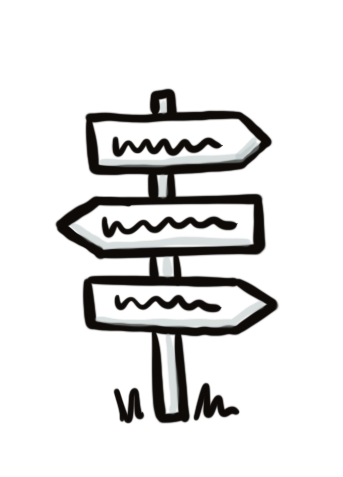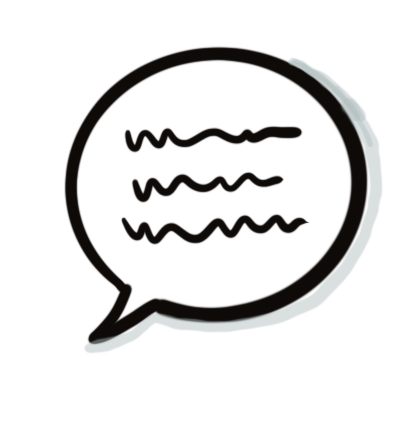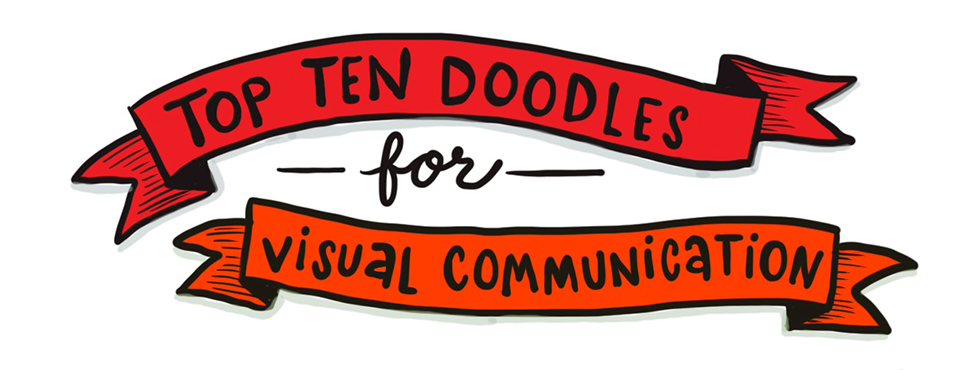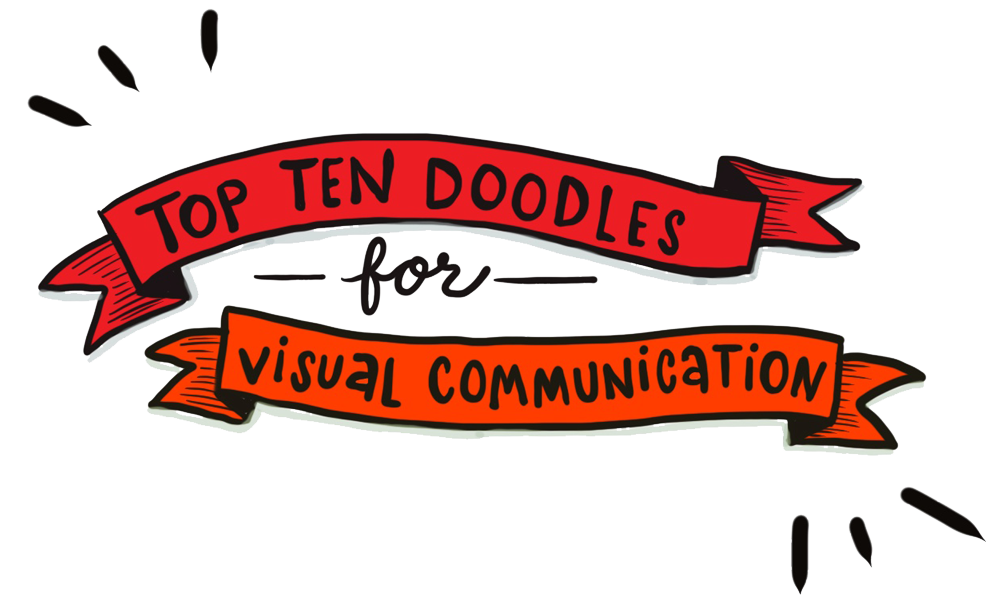The more iconic something is, the more we project ourselves onto it; the more detailed and realistic, the more we see it as something other than ourselves.”
– Scott McCloud
Drawing out concepts and ideas instead of writing down words is an effective way to communicate. Simple drawings such as icons can help overcome language barriers.
Doodles are simple shapes and symbols that can be drawn in all kinds of situations, from a flip chart at the office to personal projects such as a desk calendar.
Plus it’s fun, and you don’t need to be an “artist” to do it. In fact, it’s better if you’re *not* an artist, since an artist tends to interpret the world around them with details shaped by their own unique vision, experience and lens. That should not necessarily be the case with doodles for visual communication.
For example, almost every meeting or event that I do drawings for will mention the word “idea” – and guess what I draw, every single time? That’s right, a light bulb. Because I do not want to obscure the meaning of the words I hear. The opposite is true – I want as many people as possible, and as quickly as possible, to understand the meaning of what is being spoken.
Develop a picture library of the following, my favorite ten little icons – or develop your own! Practice drawing them on the fly, to reflect the content of any meeting, presentation, speech – or even while on the phone, or creating a to-do list.

1. Checklist
Make a plan on a piece of paper. Check items off a list, or illustrate an agenda. Draw a little triangle on the top to indicate a dog-eared page, which adds some depth to the doodle.

2. Group
Draw three or more people and you have a community. It can be a department at work, or participants in a meeting. These three can also signify collaboration. Add some wiggly lines for movement, short bursts or strokes for excitement and energy.

3. Growth
Shows economic growth, development, or any kind of increase in business.
Can also speak to data and metrics.

4. Idea
Every meeting generates ideas. Luckily, light bulbs – the old-fashioned kind – are really easy to draw.

5. Inspiration
A tangle of chaos leads to clarity.

6. Mountains
Mountains represent goals and aspirations – something to strive for. They also make a nice graphic element in the background of a larger drawing.

7. Person
Adding people brings an element of humanity to a drawing. Include facial expressions (or not). Point a finger, and you have a someone going somewhere – a leader. Put something in his/her hand, like a flag or a pen.

8. Signs
Signs indicate direction. They point the way. Where are we going? Moving forward and heading into the future, or looking back into the past, where we came from?

9. Sunset
A path leading into the sunrise or sunset shows a journey, a destination, or looking into the future.

10. Talk bubble
Talk bubbles are versatile. Overlap them and you have a conversation, a dialogue. Use three little circles instead of the pointy end and – presto! you have ‘thoughts’ instead of ‘talk’.

BONUS! 11. Target
When you’ve established your objective or reached your goals – such as the end of writing this blog post – you’re on target.
Resources
Bikablo – a pioneer, laboratory and training center for hand-drawn visualization.
Want more on Visual Communication and Visual Thinking? Here's some related content for you.
Top Ten Doodles for Visual Communication
Drawing out concepts and ideas instead of writing down words is an effective way to communicate. Doodles are simple shapes and symbols that can be drawn in all kinds of situations. Plus it’s fun, and you don’t need to be an “artist” to do it.


Great tips thanks for sharing!